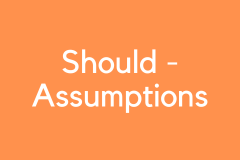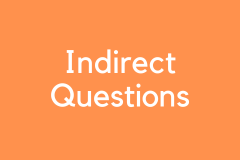Infinitives after Adjectives
Learn how to use infinitives after adjectives in English.
Can you answer these grammar questions correctly?
Infinitives after Adjectives
Point 1: The infinitive (to + verb) can appear after an adjective to give extra information.
It shows what action is connected to the adjective.
It shows what action is connected to the adjective.
- This car is fun to drive.
- Japanese is hard to learn.
- My dog is too big to carry.
- It was nice to see you.
Point 2: The adjective and infinitive are sometimes separated by extra information.
Example: "easy for you to say"
Example: "easy for you to say"
- That is easy for you to say.
- That is easy to say.
- It's good from time to time to take it easy.
- It is good to take it easy.
Point 3: The infinitive can also come after comparative and superlative adjectives.
- This was much harder to do than I expected.
- It is best to leave early.
- His class is the hardest to get an A in.
- It is harder to make friends at my new school.
Point 4: There are many common expressions in English using this pattern.
- It's nice to meet you.
- We are so happy to see you.
- I'm glad to hear that.
- I'm sorry to hear that.










